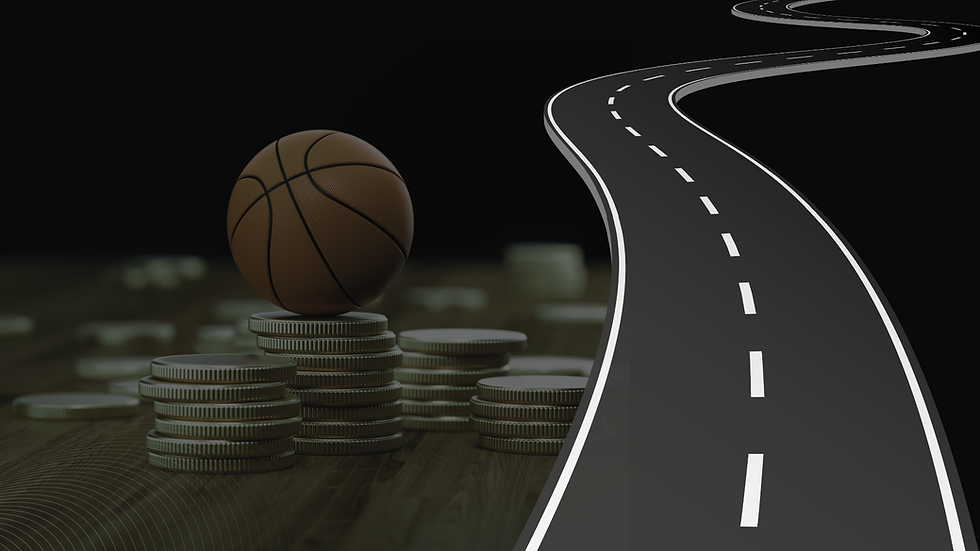The Newest Wrinkle in College Sports: Are Athletes Employees? (Johnson v. NCAA)
- Cedric Hopkins

- Jan 30
- 2 min read
Updated: Feb 3

Over the years, student-athletes sporadically brought lawsuits against the NCAA for various issues. Now that courts have flung the NIL door wide open for college athletes, lawsuits challenging the NCAA, conferences, and universities have become commonplace.
The next lawsuit that needs to be decided is Johnson v. NCAA. Johnson will answer the question: Are student-athletes employees of the university they attend?
The student-athletes in the Johnson case argued that they were entitled to, at a minimum, federal minimum wage compensation for the time spent representing their schools in sports.
The athletes initially won at the trial court (District Court) level. The NCAA appealed and the appellate court (Third Circuit) sent the case back to the trial court to get answers to the following questions:
Do college athletes perform services for another party?
Are the services primarily for that party’s benefit?
Are they under that party’s control?
Are the services done in return for compensation or in-kind benefits?
Given the rulings from the U.S. Supreme Court, along with the initial, unambiguous ruling in the Johnson case where the Third Circuit Court said the days of the NCAA's long-successful “amateurism” argument are a relic of the past, it’s more probable than not athletes will be classified as employees.
The athletes perform services - engage in a sport - for a university, and that university has full control over the athletes. The schools structure almost every minute of a student-athlete’s day. Typically, in exchange for playing a sport, the student-athlete is provided some type of benefit (scholarship).
The sticking point will be whether student-athletes perform services primarily for the university’s benefit.
Playing sports in college is a life-long dream for many high school athletes. The opportunity to continue playing their sport after high school by playing for a university is a tremendous benefit to most athletes. And most universities are operating in a deficit with respect to their sports programs. But, having strong athletic programs has proven to be a magnet for not only top-ranked athletes, but students in the general academic population, as well.
Using the Supreme Court’s recent rulings removing amateurism from the NCAA as a guide, college athletes will eventually be deemed employees of universities. The next step will be athletes engaging in collective bargaining with conferences, along with how to handle worker’s compensation claims for injuries on the field.









Comments